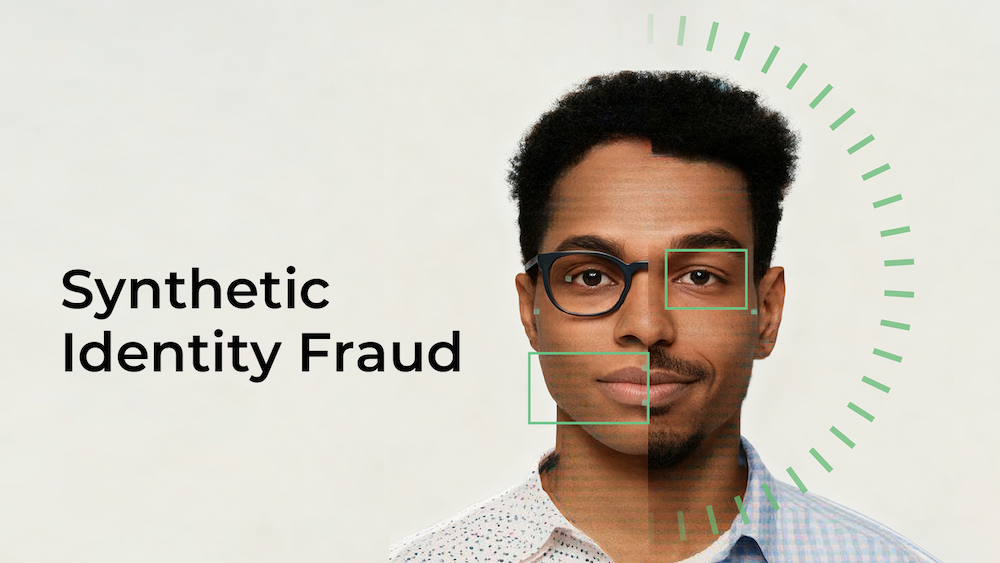We do not offer, support, or condone any illicit services mentioned in this glossary. We also do not sell any data to illegal entities. These terms are provided solely for educational and awareness purposes to help businesses understand and prevent fraud.
What is Second Party Fraud?
Second party fraud involves scenarios where the person committing fraud is a legitimate user of a platform, service, or account. Unlike third party fraud, where the perpetrator is unauthorized, second party fraud occurs when an authorized user willingly exploits their access to commit fraud or aids fraudsters by sharing their credentials or account details.
This type of fraud is common in scenarios like chargeback fraud, promotion abuse, or account misuse. It often involves users exploiting loopholes, policies, or trust systems in place, making detection and prevention more challenging for businesses.
How Does Second Party Fraud Work?
Intentional Exploitation
The user deliberately misuses their account or privileges to engage in fraudulent activities, such as:
- Filing false disputes for refunds or chargebacks.
- Exploiting promotional offers repeatedly.
- Abusing refund or warranty policies.
Collusion with Fraudsters
The legitimate user may collaborate with external fraudsters to facilitate fraud, such as:
- Sharing account credentials for unauthorized transactions.
- Allowing fraudsters to use their account to launder money.
Unintentional Participation
- Some cases involve users being tricked or coerced into participating in fraud, such as through social engineering schemes.
Actions After the Fraud
- Fraudsters may mask their involvement by framing the fraudulent actions as mistakes or technical issues, further complicating detection.
Use Cases
Legitimate Scenarios (Prevention)
- Chargeback Management: Implementing robust chargeback dispute processes to verify claims and detect fraudulent patterns.
- User Behavior Analysis: Using machine learning to identify unusual patterns in user activity.
- Fraud Awareness Campaigns: Educating users about second party fraud and its consequences.
Fraudulent Use Cases
- Chargeback Fraud: A user purchases goods or services and later disputes the charge with their bank, falsely claiming the transaction was unauthorized.
- Promotion Abuse: Users repeatedly create new accounts to exploit sign-up bonuses or discount offers.
- Refund Fraud: Users falsely claim non-receipt of goods or damage to obtain refunds while retaining the items.
- Money Laundering: A user allows their account to be used for receiving and transferring illicit funds.
Impacts on Businesses
Financial Losses
- Chargeback Costs: Businesses incur fees and lose revenue due to fraudulent chargeback claims.
- Promotional Abuse Losses: Exploitation of discounts and rewards reduces campaign profitability.
- Refund Fraud Impact: Direct financial losses from fraudulent refunds or warranty claims.
Operational Challenges
- Detection Complexity: Identifying second party fraud is challenging since the perpetrator is a legitimate user with valid access.
- Increased Workload: Fraud detection teams must investigate individual cases, which can be time-consuming and resource-intensive.
Reputational Damage
- Customer Trust Erosion: Frequent cases of second party fraud can lead to tighter policies, negatively impacting legitimate customers’ experiences.
- Brand Perception Issues: A perceived lack of fraud prevention measures can harm the business’s reputation.
Regulatory and Legal Risks
- Policy Violations: Businesses may be penalized for failing to address fraud that exploits loopholes in their systems or policies.
- AML Compliance Risks: If accounts are used for money laundering, businesses may face legal action or regulatory scrutiny.













